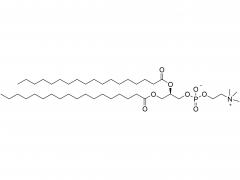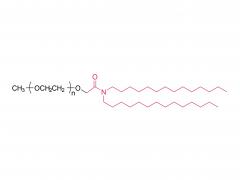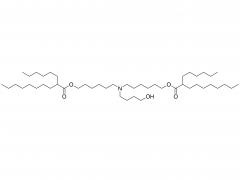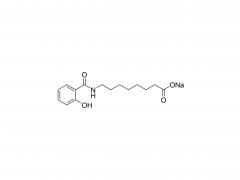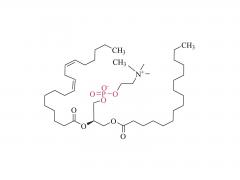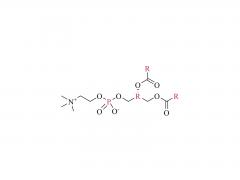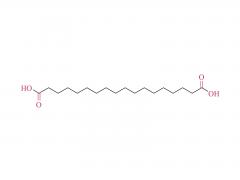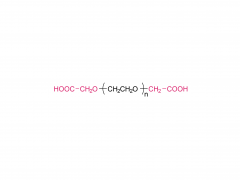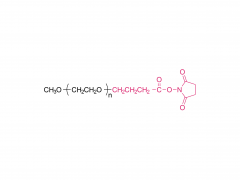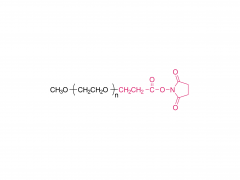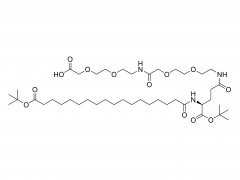Currently, the most eye-catching drug is the "medicine king" GLP-1. Glucagon-like peptide-1 (GLP-1) drugs are used to treat type 2 diabetes by mimicking the action of GLP-1, enhancing insulin secretion, and inhibiting glucagon release, thereby helping to lower blood sugar levels. GLP-1 happens to address the urgent clinical need and this class of drugs, initially used to treat diabetes, is now highly regarded as a "miracle drug" for weight loss.
The development of GLP-1 drugs has been a long journey. Initially, GLP-1 was not well-regarded because it was rapidly broken down in the body and lost its activity. However, over time, researchers began to recognize the potential of GLP-1 in regulating blood sugar and promoting insulin secretion. Starting from the 1970s, the discovery by American endocrinologist Joel Habener and research by other scholars gradually revealed the important role of GLP-1 in regulating blood sugar and appetite.
To overcome the issue of rapid degradation of GLP-1 in the body, scientists conducted extensive research and improvements. They developed ways to increase the stability of GLP-1 in the body, such as creating analogs with a longer half-life. These efforts eventually made GLP-1 drug analogs a subject of great interest in laboratory and clinical research. In 2005, the first GLP-1 drug Exenatide (Byetta) was approved by the United States Food and Drug Administration (FDA). Exenatide is a GLP-1 receptor agonist used to help patients with type 2 diabetes control their blood sugar.
With the continuous advancement of science and technology, GLP-1 drugs have made significant breakthroughs in the treatment of diabetes and obesity. In particular, some GLP-1 drugs have been proven not only to effectively lower blood sugar levels but also to promote weight loss, becoming highly sought-after weight-loss drugs. In 2023, GLP-1 drugs were ranked first in the top ten scientific breakthroughs by the journal Science in the United States, marking their important position and influence in the scientific community.






